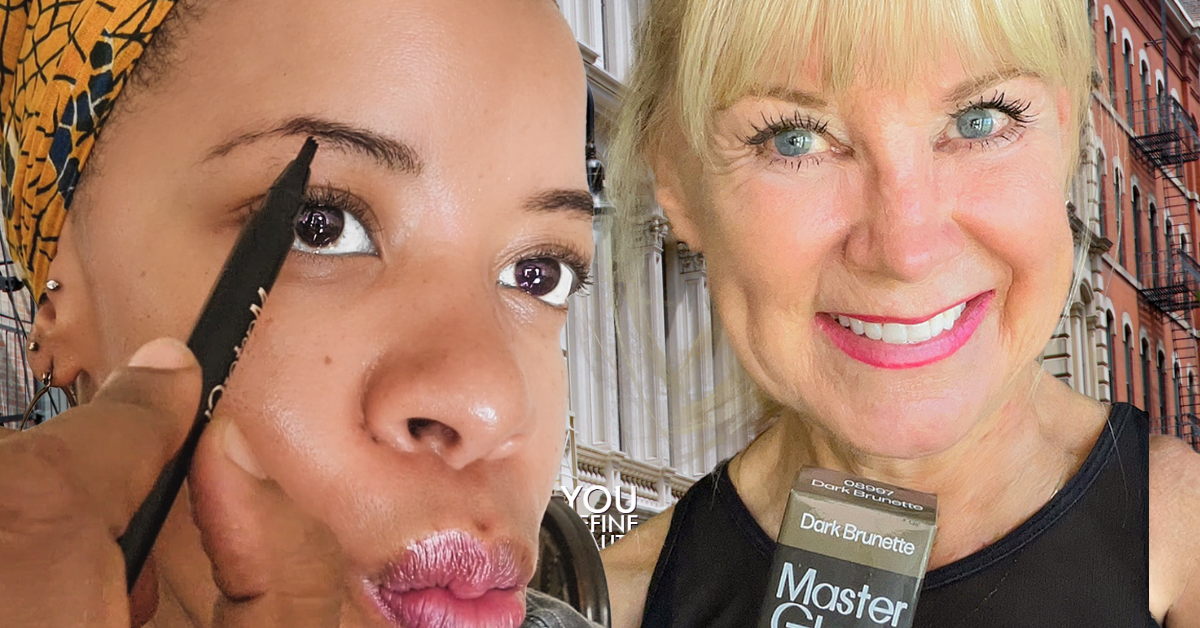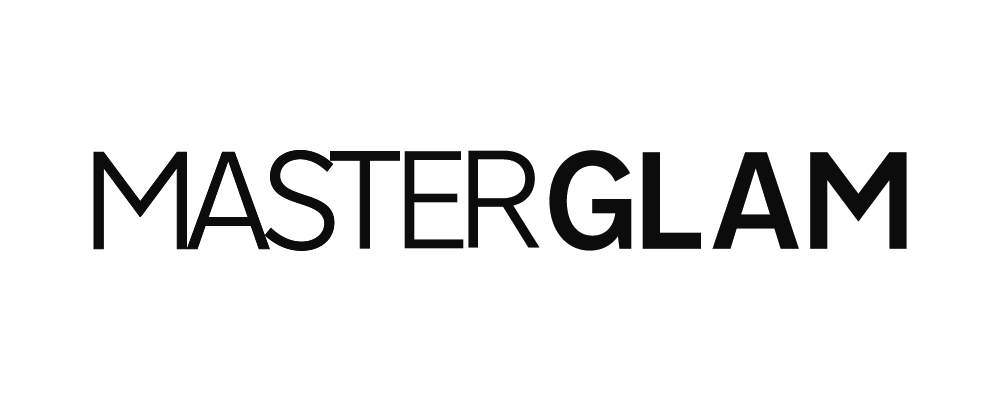Microblading is a semi-permanent tattooing technique that creates the appearance of fuller, more evenly shaped eyebrows. During the microblading process, a small blade is used to make thin, hair-like incisions in the skin. Pigment is then deposited into these incisions, resulting in natural-looking brows that can last for up to 18 months. Although microblading is considered to be a relatively safe procedure, there are a few things you should keep in mind before booking an appointment.
Do you need a machine to do microblading?
Your technician may use a handheld blade with angled needles or a machine to gently deposit tattoo pigment into the skin. However, it is not required. Many technicians microblade using a handheld tool that looks a lot like this:
What is the difference between microblading and machine method?
The machine method gives clients the option of ombre or powder brows, which is suitable for darker skin tones (Fitzpatrick 5 and 6) and oily skin types. Your technician may even recommend a combination of both procedures, known as combo brows. Unlike powder brows, microblading is primarily done by hand and is less suitable for darker skin tones and oily skin types.
Can microblading be done on the hairline?
While microblading is typically used to fill in sparse eyebrows, it can also be used for other areas of the face.
How much does microblading fade after first session?
It takes about five weeks for microblading to fully heal after the first session. Your technician will recommend a touch-up session within the first 5 months. Results last about 12-18 months, depending on the experience level of your technician; results may last for much longer if the technician goes past the first layer of skin when making strokes. It’s worth noting that individuals with lighter skin tones (Fitzpatrick I – II) may also be more prone to faster fading of results, while deeper skin tones (Fitzpatrick III – IV) may experience results that last longer than 18 months.
What are some things to avoid when it comes to microblading?
Your technician will give you a comprehensive list of things to avoid, but you'll need to avoid sun exposure and keep your brows dry for the first week after getting microbladed.
Showering with plastic wrap on your brows is a necessary rite of passage if you decide to get microbladed. Water loosens the pigment and causes it to separate from the skin in the week following your first appointment, so avoid showering at all costs.
Sun exposure and bed tanning can fade microblading pigment, so it is important to avoid these activities if you want your microblading to last.
Alpha hydroxy acids like (glycolic, lactic, citric, salicylic) should be avoided in the first month after microblading Smoking is not recommended after microblading, as it can dry out your skin.
Does microblading hurt more than a tattoo?
There is some discomfort associated with the procedure, but numbing cream will usually be supplied by the technician to reduce pain.
How long will eyebrows be dark after microblading?
You can expect your eyebrows to look a little bit darker immediately after getting them done, but they will lighten up nicely about one month after.
What is a safer and cheaper alternative to microblading?
Brow tinting and brow lamination are two of the most recommended alternatives to microblading. Neither procedure requires the use of needles of blades. You can also consider nanoblading, which uses smaller needles than microblading to achieve hair-like precision. If you're looking for an easy way to improve your appearance, microblading may be the perfect solution.
Microblading is a relatively new procedure that can provide great results for many people. If you have your heart set on fuller and thicker-looking brows, be sure to consult with a qualified professional to see if it is the right solution for you. Have you had experience with microblading? We’d love to hear about your experience in the comments below!

